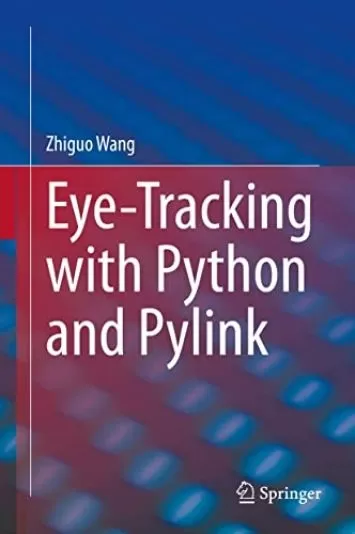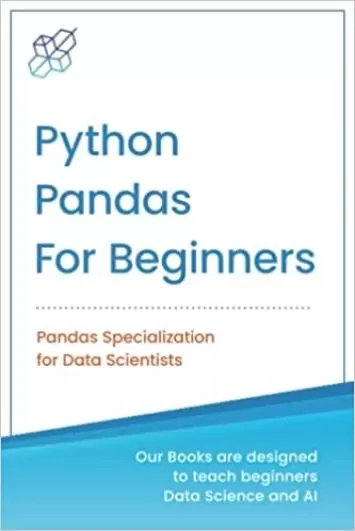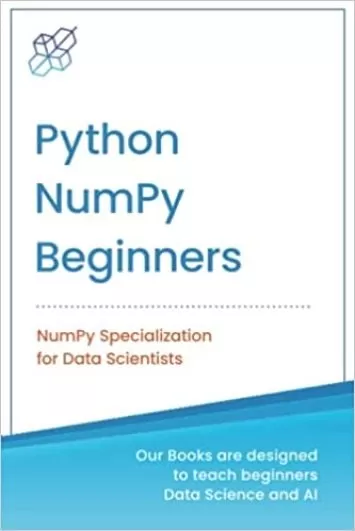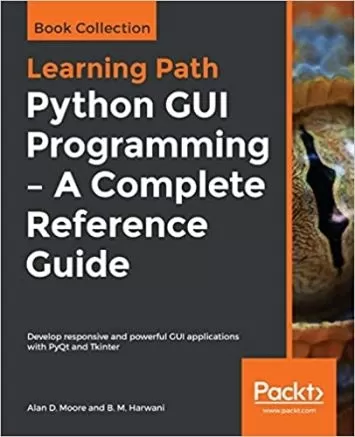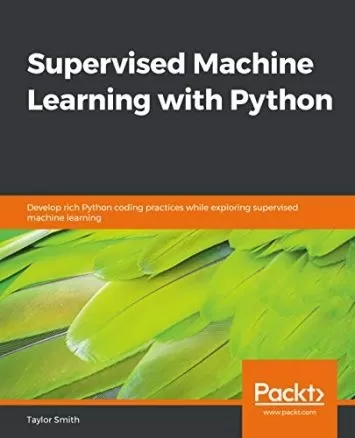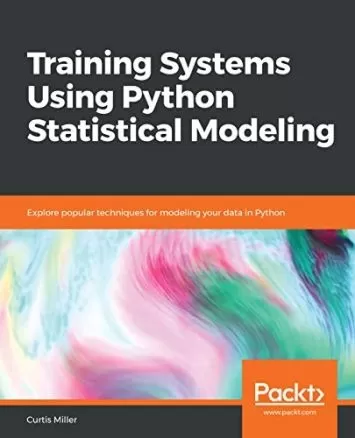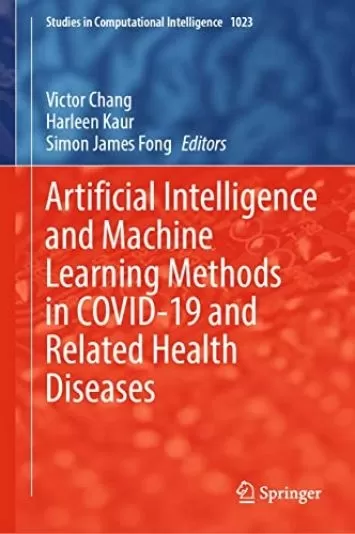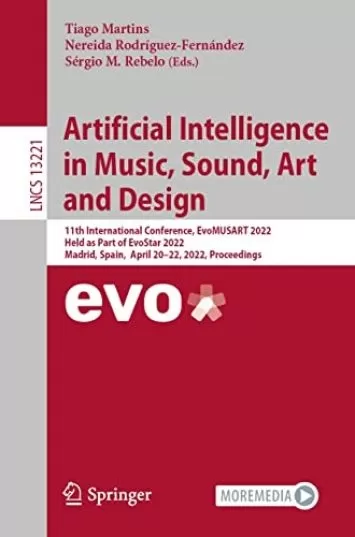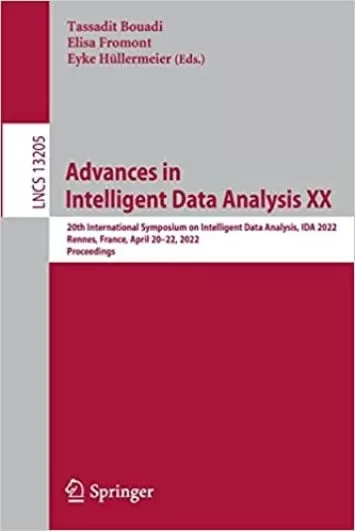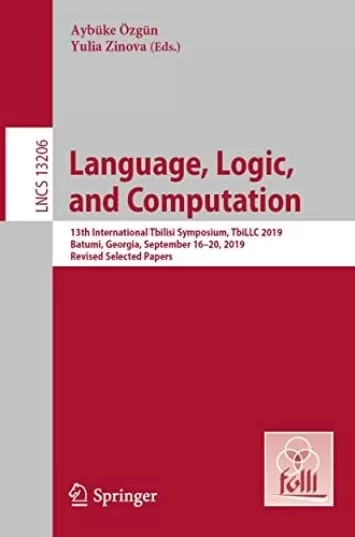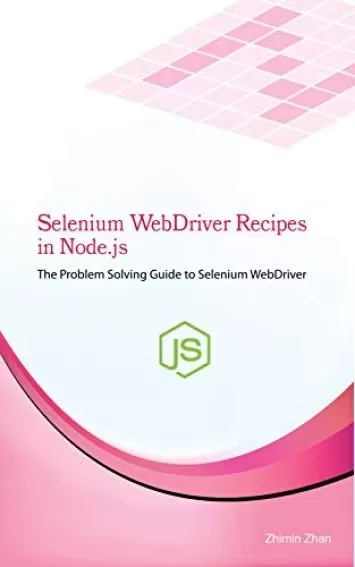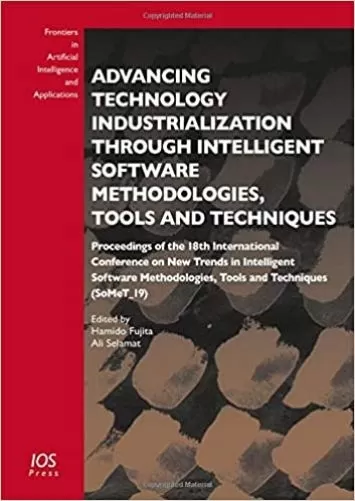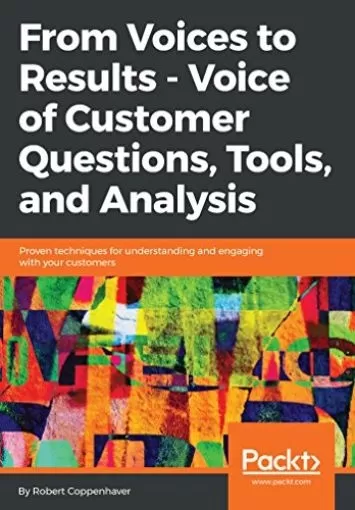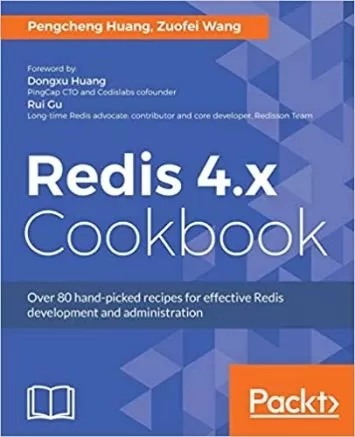
Python: Advanced Guide to Artificial Intelligence: Expert machine learning systems and intelligent agents using Python
Publication
Packt Publishing
Gaining expertise in artificial intelligence requires an in-depth understanding of the most popular machine learning algorithms. With this book, you'll be able to explore the most widely used algorithms in supervised, unsupervised, and semi-supervised machine learning, and learn how to use them in the most effective way possible. From Bayesian models, to the MCMC algorithm, and even Hidden Markov models, this Learning Path will teach you how to extract features from your dataset and perform dimensionality reduction by making use of Python-based libraries.
You'll use TensorFlow and Keras to build deep learning models with concepts such as transfer learning, generative adversarial networks, and deep reinforcement learning. Next, you'll discover TensorFlow1.x's advanced features, such as distributed TensorFlow with TF clusters, and also understand the deployment of production models with TensorFlow Serving. As you progress, the book will guide you on how to implement techniques related to object classification, object detection, and image segmentation.
By the end of this Python book, you'll have gained in-depth knowledge of TensorFlow, along with the skills you need for solving artificial intelligence problems.
This Learning Path includes content from the following Packt books:
- Mastering Machine Learning Algorithms by Giuseppe Bonaccorso
- Mastering TensorFlow 1.x by Armando Fandango
- Deep Learning for Computer Vision by Rajalingappaa Shanmugamani
About the Author
Giuseppe Bonaccorso is an experienced team leader/manager in AI, machine/deep learning solution design, management, and delivery. He got his MScEng in electronics in 2005 from the University of Catania, Italy, and continued his studies at the University of Rome Tor Vergata and the University of Essex, UK. His main interests include machine/deep learning, reinforcement learning, big data, bio-inspired adaptive systems, cryptocurrencies, and NLP.
Armando Fandango creates AI empowered products by leveraging his expertise in deep learning, machine learning, distributed computing, and computational methods and has provided thought leadership roles as Chief Data Scientist and Director at startups and large enterprises. He has been advising high-tech AI-based startups. Armando has authored books titled Python Data Analysis - Second Edition and Mastering TensorFlow. He has also published research in international journals and conferences.
Rajalingappaa Shanmugamani is currently working as a Engineering Manager for a Deep learning team at Kairos. Previously, he worked as a Senior Machine Learning Developer at SAP, Singapore and worked at various startups in developing machine learning products. He has a Masters from Indian Institute of Technology - Madras. He has published articles in peer-reviewed journals and conferences and applied for few patents in the area of machine learning. In his spare time, he coaches programming and machine learning to school students and engineers.
- Get up to speed with how a machine model can be trained, optimized, and evaluated
- Work with autoencoders and generative adversarial networks
- Explore the most important reinforcement learning techniques
- Build end-to-end deep learning (CNN, RNN, and autoencoder) models
- Define and train a model for image and video classification
- Deploy your deep learning models and optimize them for high performance
This Learning Path is for data scientists, machine learning engineers, and artificial intelligence engineers who want to delve into complex machine learning algorithms, calibrate models, and improve predictions of trained models. Basic knowledge of Python programming and machine learning concepts is required to get the most out of this book.
- Machine Learning Model Fundamentals
- Introduction to Semi-Supervised Learning
- Graph-Based Semi-Supervised Learning
- Bayesian Networks and Hidden Markov Models
- EM Algorithm and Applications
- Hebbian Learning and Self-Organizing Maps
- Clustering Algorithms
- Advanced Neural Models
- Classical Machine Learning with TensorFlow
- Neural Networks and MLP with TensorFlow and Keras
- RNN with TensorFlow and Keras
- CNN with TensorFlow and Keras
- Autoencoder with TensorFlow and Keras
- TensorFlow Models in Production with TF Serving
- Deep Reinforcement Learning
- Generative Adversarial Networks
- Distributed Models with TensorFlow Clusters
- Debugging TensorFlow Models
- Tensor Processing Units
- Getting Started
- Image Classification
- Image Retrieval
- Object Detection
- Semantic Segmentation
- Similarity Learning











